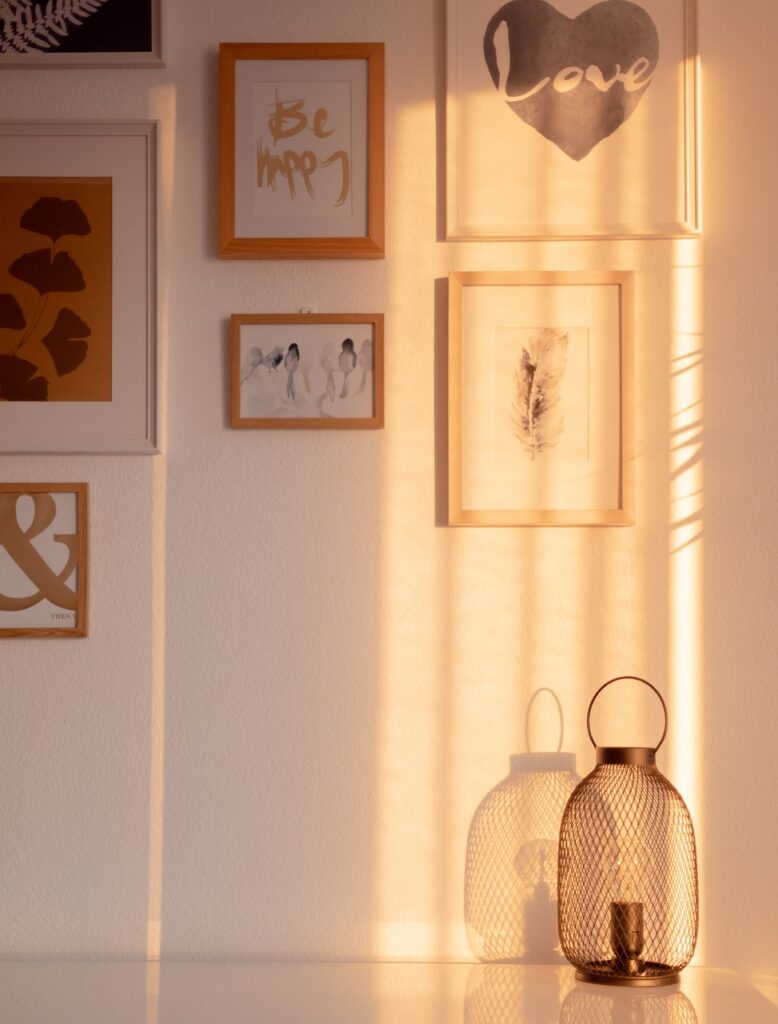Maximizing Energy-Efficiency with Sun Angle Awareness in Home Design

Sun angle is a crucial factor to consider when designing homes that aim for energy-efficiency and sustainability. The sun’s position in the sky changes throughout the year due to the earth’s tilt and orbit, and it is important to understand how this affects the amount of natural light and heat that enters a building. By understanding the sun angle and the path of the sun through the sky, architects can design buildings that take advantage of sunlight to provide natural light, heat, and ventilation, while also minimizing the impact of the sun’s heat and glare.
In the Northern Hemisphere, the sun angle has a significant impact on the amount of natural light and heat that enters a building. During the summer solstice, which typically occurs in June, the sun is at its highest point in the sky and rises in the northeast and sets in the northwest. This high angle means that the sun does not penetrate as far into a building, reducing the risk of overheating. On the other hand, during the winter solstice, which typically occurs in December, the sun is at its lowest point in the sky and rises in the southeast and sets in the southwest. Its low angle means that it penetrates deep into a building, providing warmth and natural light. This helps to create comfortable and energy-efficient buildings that are in harmony with their natural surroundings.
In New Delhi, the sun angle is especially important to consider when designing homes and buildings. The city experiences hot summers and cool winters, making it important to design buildings that can efficiently regulate temperature and light levels throughout the year. For example, a south-facing building in New Delhi can take advantage of the sun’s high angle during the winter months to provide natural heat, while minimizing the impact of heat and glare during the summer months by utilizing shading devices such as overhangs or louvers. On the other hand, a north-facing building can receive a more even distribution of light throughout the day and reduce the need for cooling by receiving less direct sunlight.
By considering the sun angle in design, buildings in New Delhi can improve energy-efficiency and provide comfortable indoor environments for their occupants. This leads to a more sustainable and harmonious relationship between the built environment and the natural surroundings.
The sun angle can be mathematically calculated using the formula:
θ = 90° – (latitude) + (declination)
Where: θ is the sun angle (in degrees) latitude is the latitude of the location (in degrees) declination is the declination of the sun (in degrees)
Declination is defined as the angle between the rays of the sun and the plane of the Earth’s equator and changes throughout the year as the Earth orbits around the sun. It can be calculated using the following equation:
declination = 23.45° sin(360° (day of the year – 81) / 365)
Where: day of the year is the number of days since January 1st.
By using these equations, the sun angle can be accurately calculated for any location at any time, allowing architects and engineers to design buildings that take full advantage of the sun’s natural light and heat.
The orientation of a home plays a crucial role in determining the amount of sunlight it receives. North-facing homes tend to receive the least amount of direct sunlight, which can be beneficial in hot climates as it helps to reduce the need for cooling. South-facing homes, on the other hand, tend to receive the most direct sunlight, which can be beneficial in cold climates as it helps to provide natural heat. East-facing homes receive a lot of morning sunlight, which can help to provide natural light and warmth during the early part of the day, but also receive significant amounts of afternoon heat, which can increase the need for cooling. West-facing homes receive a lot of afternoon sunlight, which can help to provide natural light and warmth during the late part of the day, but also receive significant amounts of heat in the late afternoon, which can increase the need for cooling.
In conclusion, by considering the sun angle in home design, architects and homeowners can create comfortable, energy-efficient, and sustainable buildings that are in harmony with their natural surroundings. The sun angle is a crucial factor to consider when aiming for maximum energy-efficiency and sustainability in home design.
